A place in the circle : 2-spirit people seek visibility and supports
Brook Garner grew up feeling isolated.
As one of the only First Nations children in his rural Saskatchewan community, he felt alone.
"I was marked as different. I was bullied a whole bunch. It was not fun," Garner, now 24, said.
"Growing up in a mainly white community was just different because I didn't look a bit like my classmates."
On top of that, he was dealing with confusion about his identity. His assigned gender at birth was female, and he felt he was living in the wrong body.
Garner, a member of the Buffalo River Dene Nation, is a two-spirit transgender man. The term two-spirit emerged in the 1990s to highlight Indigenous LGBTQ experiences.
"Pretty much, from puberty onset, I became depressed," he said. He tried to take his own life at 21.
"I actually developed internalized racism and internalized transphobia," Garner said.
"I had been depressed for so long without knowing why. I had my reason, it's because I was a boy this whole time. I think, I attempted [suicide] because I was afraid of saying that out loud and having to live that."
Three weeks after his attempted suicide, he started transitioning into his correct gender.
"I thought I could avoid being transgender and two-spirit. It turns out I couldn't avoid it. I just had to accept that I was," he said.
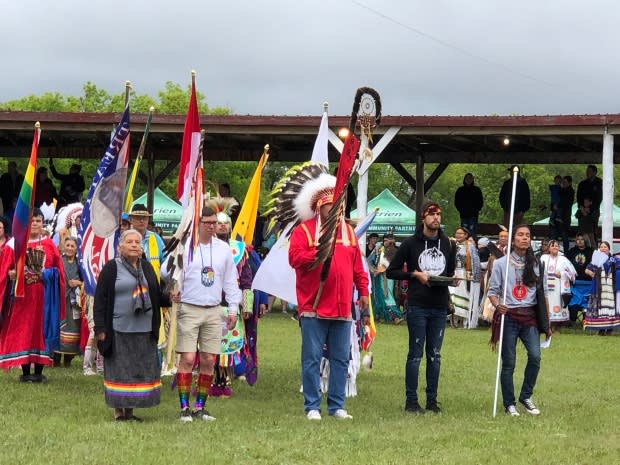
He said ceremony, counselling and learning about the traditional roles of two-spirit people have helped him fight against depression.
Garner has survived to tell his story, but not all two-spirit youth have survived.
Poorer outcomes
Experts say it's common across Canada for two-spirit health outcomes to be poorer than those for the rest of the population and that many two-spirit people are contending with mental health issues.
"Substance misuse, homelessness, and ultimately suicide are three top issues for two-spirit people," Jeffrey McNeil-Seymour, an assistant professor of social work at Ryerson University and a two-spirit person, said.
He said racism, transphobia, homophobia and misogyny in Indigenous communities and Canadian society are having adverse effects on two-spirit people.
"We're the most marginalized group in Canada," McNeil-Seymour, a member of the Tk'emlúps Indian band of the Secwépemc Nation in British Columbia, said.
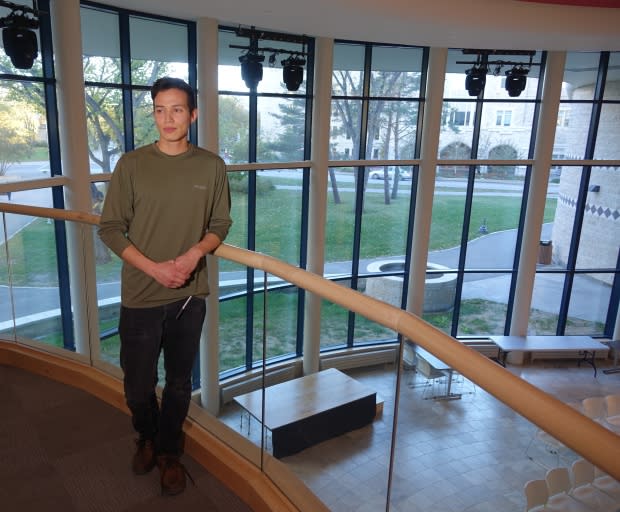
McNeil-Seymour said the Christianization of Indigenous societies has destroyed traditional concepts of gender and sexual diversity.
"Two-spirit people were marked as abhorrent by the church," he said.
It hasn't always been like that.
A place in the circle
Two-spirit people historically had an important place in Indigenous societies before contact with Europeans, according to experts.
"A long time ago, we had a place, we had responsibilities, and we had roles that were recognized. It's taking a long time to restore that place," two-spirit Métis elder Marjorie Beaucage said.
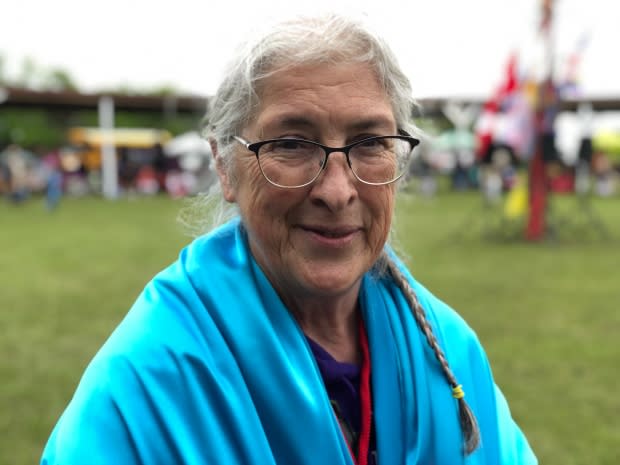
She added that two-spirit people were traditionally considered powerful, recognized as healers and entrusted with taking care of children.
Kyle Shaughnessy, a two-spirit trans man of Dene and Irish descent and part of the Stigma and Resilience Among Vulnerable Youth Centre at the University of British Columbia, said many of the forms of discrimination that two-spirit people face are modern byproducts of colonization.
"Homophobia, transphobia, misogyny, these are not traditional values," Shaughnessy said.
A silent tragedy
Experts say two-spirit people, particularly youth, are not getting the help they need.
In May 2018, the Federation of Sovereign Indigenous Nations (FSIN) released its suicide prevention strategy, calling the Saskatchewan statistics alarming.
It called for a co-ordinated, community-run approach to decreasing suicide rates for the province's Indigenous population.
According to the FSIN, suicide is four times more likely in the Indigenous population than in the province's general population. For men between 20 and 29, the rate is 10 times higher. First Nations girls between 10 and 19 kill themselves almost 30 times more often.
The FSIN report does not, however, address the specific needs of two-spirit youth. FSIN did not respond to several requests for comment on this absence.
The lack of data contributes to a lack of programming and a lack of acknowledgement of the two-spirit youth out there. — Kyle Shaughnessy
Jack Saddleback, cultural and projects co-ordinator at OUT Saskatoon and a two-spirit trans man, said he deplores this.
"When two-spirit people aren't necessarily explicitly addressed in frameworks like that around suicide prevention, I think that just goes to showcase that there's a huge gap or disconnect when looking at the unique needs of two-spirit folks," Saddleback, a member of Samson Cree Nation in Alberta, said.
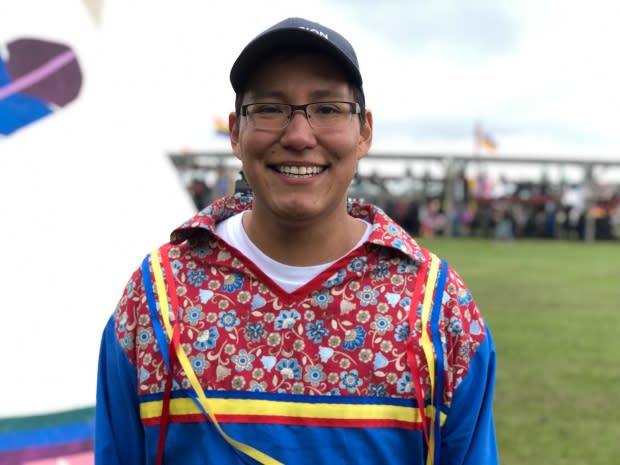
Andre Bear, a 23-year-old two-spirit man from Little Pine First Nation in Saskatchewan, has come a long way in his personal journey.
Bear, a first year law student, is a former youth representative at the FSIN. In 2016 he was appointed an adviser to federal Crown-Indigeneous Relations Minister Carolyn Bennett.
His youth was split between time in Saskatoon's inner city and his home reserve, where he was bullied.
Bear realized he was two-spirit at age 15.
"That's when I really started turning to drugs, alcohol, partying and violence, unfortunately, to project a lot of the trauma, negativity, and the shame I held for myself," Bear said.
He said traditional medicine and counselling helped him heal and come to terms with his sexual orientation.
"My mom took me to a medicine person when I was really down and out, and feeling suicidal and hopelessness," he said.
No national statistics
There are no national statistics on two-spirit youth mental health. Experts say they should be collected, but in culturally appropriate ways.
Indigenous Services Canada said it doesn't track data related to the mental health of two-spirit people. It referred CBC News to one of its partners, the First Nations Information Governance Centre, which also said it doesn't collect such information.
The people who track suicide are the coroners in each of the provinces and territories, said Elizabeth Saewyc, professor at the school of nursing at the University of British Columbia and executive director of the Stigma and Resilience Among Vulnerable Youth Centre.
"They're not asking those questions, identifying if someone is LGBTQ in the general population. I'm not sure anybody knows how to ask those questions in culturally appropriate ways."
Saewyc has conducted research alongside Indigenous communities for more than 20 years.
Some say the lack of statistics affects the ability of two-spirit youth to access services targeted to their needs.
The lack of data permeates Indigenous communities, the general LGBTQ population and the Canadian public.
National call for adequate services
Indigenous Services Canada declined a request for an interview, but said in a statement that it "doesn't have specific programming for the LGBTQ2S population." ISC said its mental wellness programming is directed to the general Indigenous population.
There is great resiliency within the two-spirit people, and definitely in our youth communities. — Kyle Shaughnessy
The Assembly of First Nations (AFN) says two-spirit mental wellness is a concern across Canada.
"We know that suicide rate among First Nations men and women is five to seven times the national average. In particular, for this [two-spirit people] part of our family, our community, our nation, it's very alarming. It's about becoming aware that this is a growing issue," AFN national chief Perry Bellegarde said.
Two-spirit people say their youth need basic services including housing, education, cultural belonging and safe spaces.
Beaucage said it's about creating a sense of belonging.
"The most important thing in our culture is our relations. If you can't belong, how can you be healthy?" Beaucage said.
While two-spirit youth are vulnerable, there is hope.
"There is great resiliency within the two-spirit people, and definitely in our youth communities," Kyle Shaughnessy said.
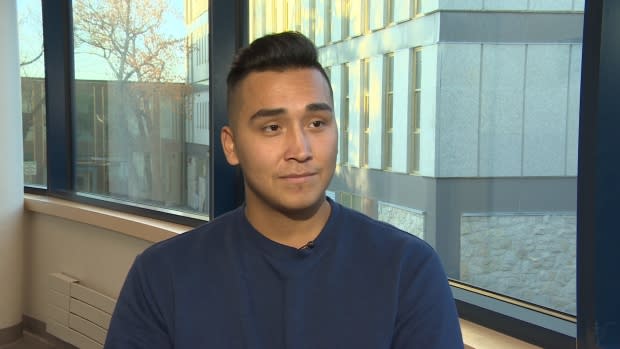
Researchers, elders and youth say they are at the forefront of the revival of Indigenous practices related to the acceptance of sexual diversity.
They say two-spirit youth need to be connected with the land, their languages and ceremonies, and to reclaim the traditional teachings on the roles of two-spirit individuals.
As for Garner, he is studying nursing at the University of Saskatchewan and was involved with organizing the first two-spirit powwow on a First Nation in Canada's history.
The historic event happened Saturday on the Beardy's & Okemasis' Cree Nation, 85 kilometres northeast of Saskatoon.
"Finally, I said my truth, and it turns out that there was space for me as a two-spirit trans person to exist in the world," he said. "Be a success, and live as I need to."
If you need help:
Mental health resources are available across Canada through the HealthLine at 811.
The federal government has a toll-free number for First Nations and Inuit people who are experiencing mental health issues: 1-855-242-3310.
If you're worried someone you know may be at risk of suicide, you should talk to them, says the Canadian Association for Suicide Prevention.
Here are some of the warning signs:
Suicidal thoughts.
Substance abuse.
Purposelessness.
Anxiety.
Feeling trapped.
Hopelessness and helplessness.
Withdrawal.
Anger.
Recklessness.
Mood changes.


